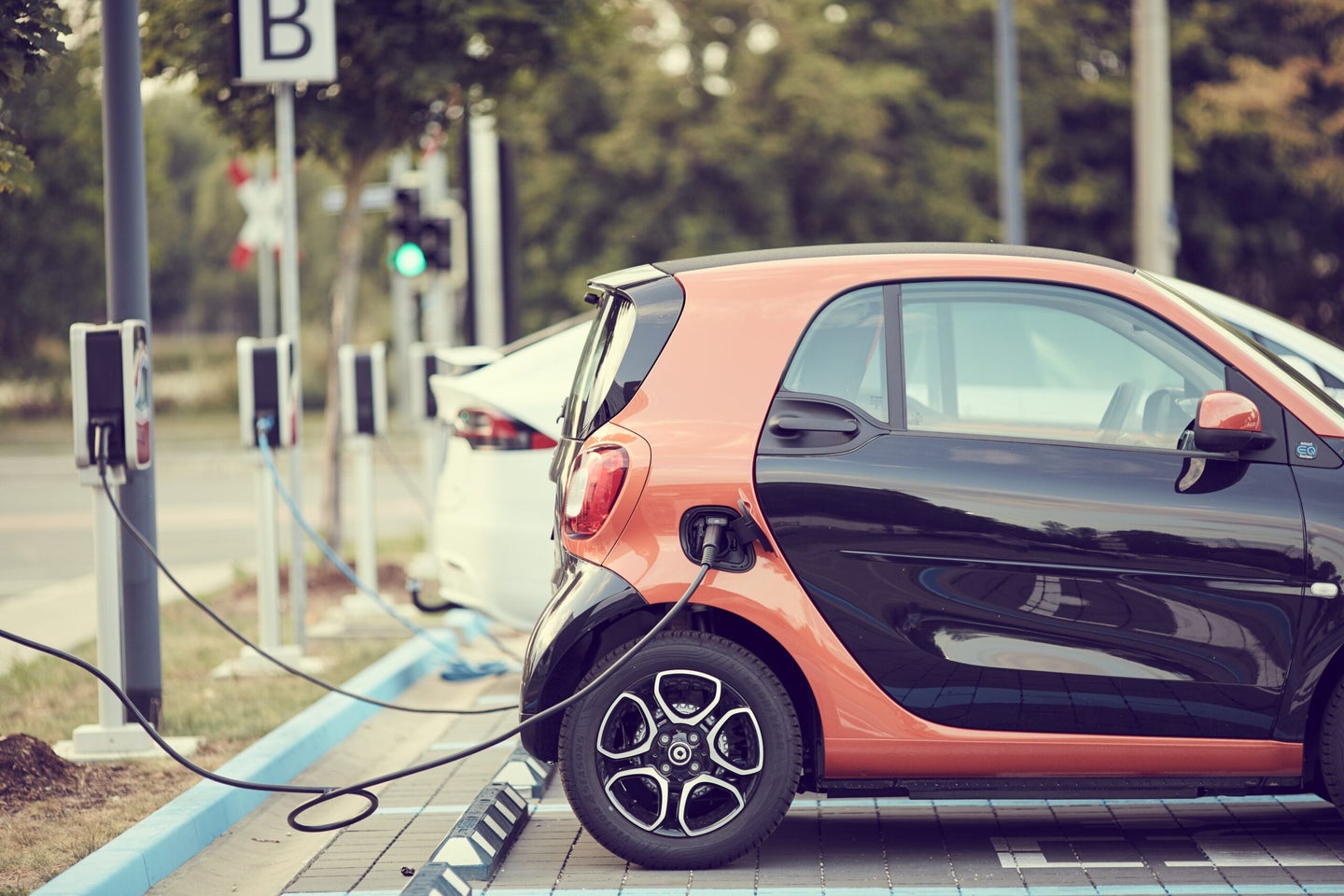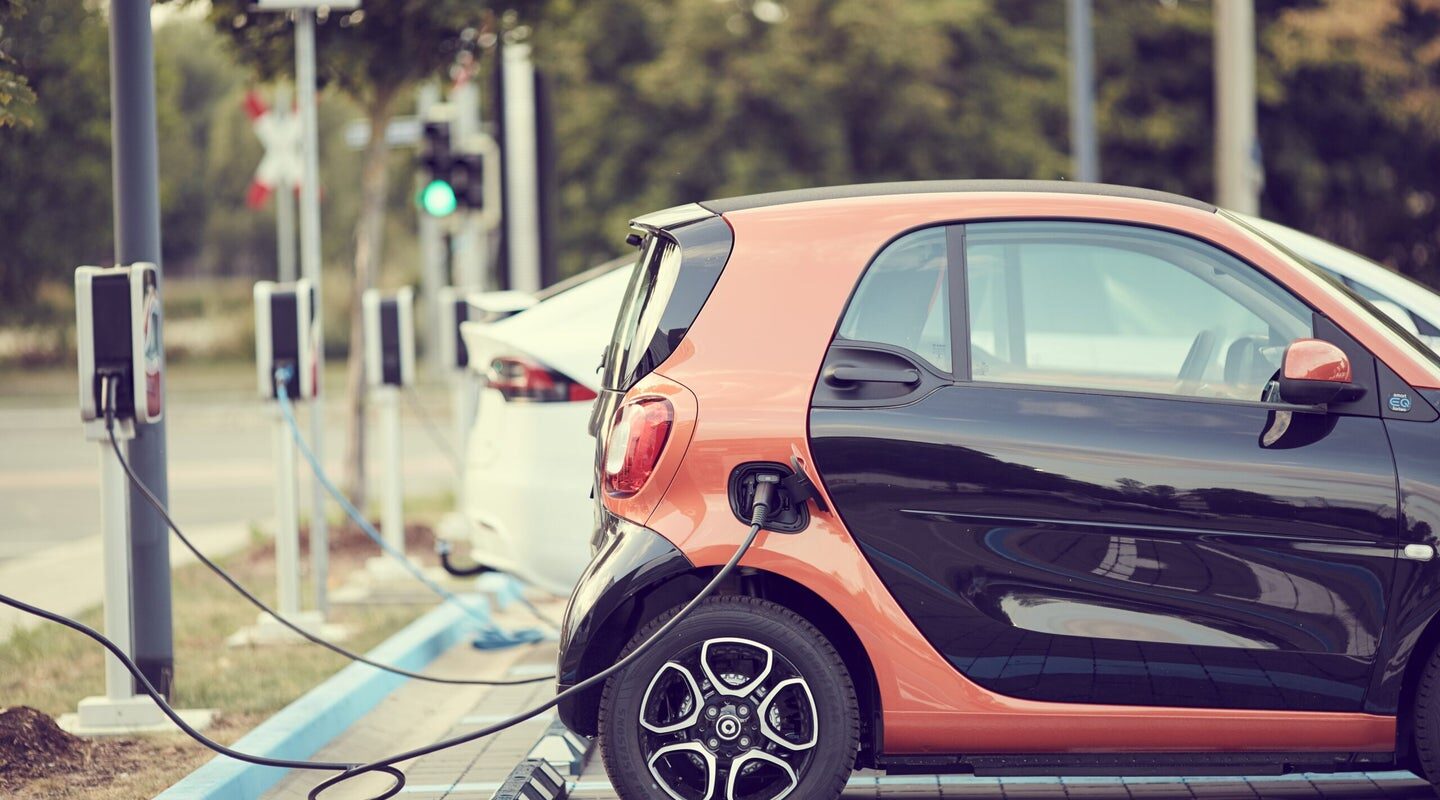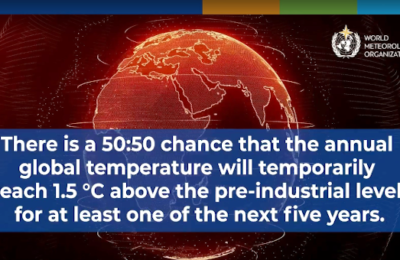Alan Thornett has written a reply to the controversial article by Chirag Dahara and Vandana Singh, first published by Scientific American as a discussion piece, entitled ‘The Delusion of Infinite Economic Growth’, posted on this site on June 23.

The title is good. The notion of infinite exponential economic growth is indeed delusional. The only chance of a viable future for the planet is indeed via degrowth, which the authors imply but do not actually say it. As they put it: “Exponential growth swiftly, inevitably, swamps anything in finite supply”.
After that, however, the article develops its main theme – rubbishing the viability of renewable energy, such as wind and solar, as an alternative to fossil fuel. Such technologies, it insists will, in the end, be just as destructive to the planet as fossil energy as a result of the additional extraction that will be needed to produce the metals they will need in their manufacture.
It puts it this way in terms of electric cars (EVs) which are its main target:
“Let us imagine the “perfect” EV: solar powered, efficient, reliable and affordable. But is it sustainable? EVs powered by renewable energy may help reduce the carbon footprint of transport. Yet, the measure of sustainability is not merely the carbon footprint but material footprint: the the aggregate quantity of biomass, metal ores, construction minerals and fossil fuels used during production and consumption of a product. The approximate metric tonne weight of an EV constitutes materials such as metals (including rare earths), plastics, glass and rubber. Therefore, a global spike in the demand for EVs would drive an increased demand for each of these materials.”
This is dangerous and misleading. We do indeed have to take account of the “material footprint” of EVs, and of other renewable technologies, but to suggest that their ecological impact is remotely comparable to that generated by the fossil industry – deep coal mining and opencast coal mining, and extreme energy extraction such as fracking and tar sands – is a gross distortion.
In fact the advantages of EVs are already clear. Even at the present stage of development they bring about an immediate reduction in CO2 emissions and then a much bigger reduction once the grid is fully decarbonised. They also bring about an immediate and major reduction in air pollution at street level. The World Health Organisation has identified motor vehicle emissions as the single biggest environmental outdoor health risk in the world, contributing to 3.7m deaths a year.
Fully electric cars, with no gearbox and fewer moving parts, are simpler and cheaper to build and maintain than internal combustion engine (ICE) vehicles – and they last longer. They are also much cheaper to run, with electricity a tenth the price of petrol or diesel. This is because EVs powered solely by electricity (i.e. not a hybrid) are around 90 per cent efficient in turning electricity into traction whilst an internal combustion engine will never get beyond 50 per cent with most, at the moment, at around 35 per cent because they waste so much heat in the process. Also, charging EVs from the grid is more efficient than burning fuel in separate units.
A lot is made by the anti-EV lobby, driven no doubt by the oil lobby, in regard to the particulates that any vehicle, regardless of its power source, will continue to emit from its brakes and tyres. Also, the impact of the extraction of metals used in the manufacture of such vehicles, the batteries in particular. This is also prevalent in the arguments used by those on the radical left who oppose EVs. The argument does have a point but it should be treated with caution. Battery technology is now developing rapidly, after being stifled for the whole of the 20th century by the oil companies. And EVs do indeed demand some different metals and minerals to fossil driven cars, but this should not be distorted.
EVs use two precious metals in minute quantities, gold and silver, which are fully recyclable, in the circuit boards which run the electronics. In terms of the batteries they also use lithium and cobalt, which can also be recycled repeatedly. They are not rare and they are already extensively used in other technologies such as mobile phones and laptops – which the anti-EV lobby declines to mention.
A pro-EV research group in New Zealand called Better NZ Trust has studied this in detail. In a recent article they put it this way:
“These two elements are not particularly rare – cobalt can be found in most rocks, and lithium is the first metal in the periodic table and one of only three elements created in the primordial Big Bang. Lithium is the 32nd most common element on our planet. But both metals are critical because of modern societies’ dependence on lithium-ion battery technology for mobile phones, laptops, and now EVs.”
Cobalt, it points out, is a by-product of nickel and copper mines, and is therefore dependent on the economic viability of those mining operations. Currently the most accessible reserves are in the Democratic Republic of Congo. This is changing, however, with, for example, several Cornish tin mines being reopened to produce it.
The article goes on: “Worldwide sources of lithium are broken down by ore-deposit type as follows: closed-basin brines, 58%; pegmatites and related granites, 26%; lithium-enriched clays, 7%; oilfield brines, 3%; geothermal brines, 3%; and lithium-enriched zeolites, 3% (2013 statistics USGS). Of those, closed basin brines are the most important source of lithium reserves… “Dissolved lithium salts are most commonly mined by drilling down to underground saline deposits and pumping the saline to the surface where it is left to dry in the desert sun, before being processed into lithium metal.”
It points out that fossils fuelled vehicles are also full of many of the same components: steel, plastics, epoxies, circuit boards, carbon fibre, glass, nickel, copper, lead acid battery, and are therefore not much better in this regard. The internal combustion engine also uses precious and rare earth metals. The catalytic converter, which reduces emissions from the exhaust uses palladium, rhodium, cerium, and/or platinum.
There is of course no form of motorised transport with zero environmental impact. The name of the game, therefore, is to adopt the power source with the least impact on the planet and that is the EV, and by a substantial margin.
Cutting emissions fast
What makes this debate important (and what motivates me to engage with it) is because of the opportunity road transport represents in terms of the climate emergency (not mentioned in the article) for a very big reduction in carbon emissions in a short period of time – i.e. within the 5 and 10 years we have left. The abolition of the ICE is now the low hanging fruit of such reductions and we need to ensure that it starts to happen here and now.
A book that is very good on all this is Jonathan Neale’s Fight the Fire recently published by the Ecologist and by Resistance Books. It is a book I strongly recommend not least because it strongly supports the electrification of all transport, road, rail, maritime and aviation – though he accepts that not much can be done about planes other than drastically cut back their usage. He points out that the total emissions from transportation is 10 billion tonnes: 4 billion from cars, 2 billion from trucks, 1 billion from buses and trains, and 1 billion from shipping. It is perfectly possibly, he argues, to reduce these emissions from 10 billion tonnes to 2 billion within a few years.
It is also very straightforward, he argues. To electrify all cars, buses, trucks and trains, all a government needs to do is simply pass a law after which they will become illegal. In terms of heavy vehicles, battery sizes can be kept down. Overhead power lines could be installed over the motorways which heavy vehicles could hook onto. Car batteries could also be charged from under the road surfaces. At the moment (remarkably) over a half of all new cars sold globally are gas-guzzling SUVs. They could be quickly outlawed, other than for specialised purposes.
Our aim should not be to reproduce today’s level fossil fuel usage with renewables but to reduce the overall demand for electric energy by cutting out unnecessary and profligate consumption simultaneously with the introduction of renewables. We have to do both.
It is the same with EVs – where efficiency is also developing rapidly – we should not be talking about replacing the current global carbon driven fleet, in particular of cars, with an equivalent number of EV’s. The number of cars needs to be cut dramatically – whether they are EVs or fossil driven. The first priority, however, must be to get rid of the internal combustion engine (ICE) and at the same time work for an overall reduction of number of vehicles.
It is true that the development of EV technology has a long way to go: it was suppressed throughout the whole of the 20th century by the oil companies. We cannot (if we are to respond to the emergency) wait until it is perfect before it is introduced. It has to be done simultaneously.
The authors revert to the old adage: “if electric vehicles are the answer, what is the question?” My question would be: ‘what is the easiest way to bring about a massive reduction in carbon emissions within 10 years’? Answer: decarbonised road transport.




Alan Thornett has expended a lot of energy arguing against several straw people. He first talks about “those on the radical left who oppose EVs” no providing any information on who these people are. And the tone of his article serves to place the authors he is criticising in the same category, implying that both have a PREFERENCE for internal combustion engine vehicle over electric ones, or at least are indifferent.
I think this is true neither of “those on the radical left” or Chirag Dhara or Vandana Singh. What we are arguing is that the way in which EVs are being introduced (i.e. into a bloated, unequal and unsustainable capitalist economy) will have severe environmental consequences. Let’s just look at what the authors say:
“…. all resource use curves must be simultaneously flatlined and all pollution curves simultaneously extinguished. It is this resource perspective that allows us to see why EVs may help offset carbon emissions yet remain utterly unsustainable under the limitless growth paradigm.”
That’s exactly right: EVs are not unsustainable per se, but under the “limitless growth paradigm” i.e. under capitalism. If Alan Thornett disagrees with that, then he should be arguing that they are sustainable under capitalism (i.e. introduced under market conditions – pretty much is happening at present).
Phil Ward asks who I mean when I say “those on the left who oppose EVs”.
I mean those on the radical left – probably a big majority – who, for various reasons, oppose the introduction EVs here and now as one of our key responses to the climate crisis. These include Dahara and Singh, who would support the switch to EVs after the revolution, or as they put it “once free of the limitless growth paradigm” but not now since, they claim – spuriously in my view – that EVs would do more damage to the environment than the internal combustion engine (ICE).
Phil has said that his preconditions for supporting EVs would be the nationalisation all road transport globally – i.e. also be after the revolution. I call these approaches never-good-enough-ism: i.e. those whilst not necessarily ruling out EVs in principle erect endless problems and preconditions – with varying levels of veracity – to oppose their introduction.
Such agendas totally ignore the urgency of the situation. We have less than 10 years to bring about a massive reduction in GHG emissions and this means tacking some of the major emitting sectors such as road transport (10 billion tons), agriculture (7 billion tons), and industry 8 billion tons.
Of these major sectors road transport is by far the easiest sector to decarbonise. It is the low-hanging fruit of decarbonisation. Electric power is a tried and tested alternative to the ICE. It has been for over 100 years but kept down by the oil lobby. Compared to the decarbonisation of agriculture or industry, for example, it is an easy changeover. It is true that a major development remains to be made EV technology, in particular battery technology, but this should take place alongside its introduction because even at its current level of development EVs are far less destructive than the ICE.
There is a political problem as well. If the left continues to denounce electrification dogmatically from the side-line’s capitalism will step in with its own model. It is already doing so. There is now a consensus amongst the elites that the ICE has to go within about 10 years. They will, however, if there is no challenge from the left, set their own terms for the future of road transport which for a start will involve the replacement of the existing road transport fleet, including cars, with an electrified alternative of the same size or even bigger.
The left should come off the fence, support the proposals for the abolition abolition of the ICE put forward by the elites as far as they go but set out is own framework for the future of road transport, including cars, in the best interests of the planet. I would suggest the following demands to start with:
1) Full decarbonisation of road transport.
2) A massive reduction in the number of road vehicles – particularly cars which account for over 80 per cent of road vehicle emissions
3) An end to road building schemes
4) An end to airport expansion
5) Free public transport
6) An expansion of cycle and walkways
7) Expand the rail network, no to highspeed rail.
8) Full decarbonisation of the grid
9) Abolish most SUVs with incentives for smaller cars